MGM
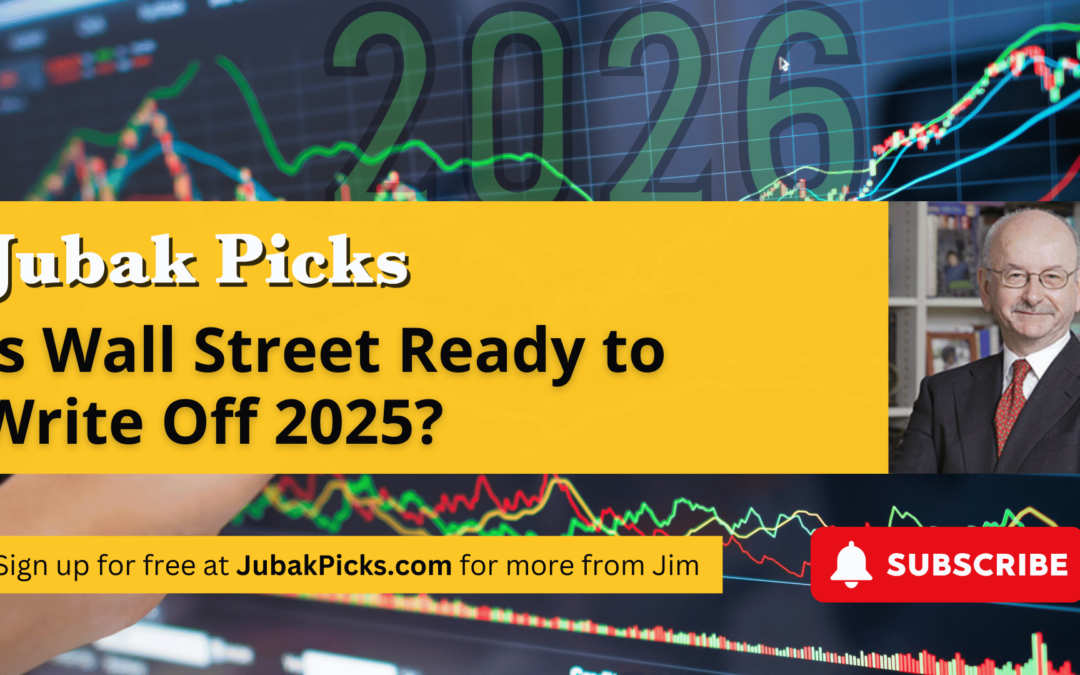
February 11, 2025 | AGN, ALV, AMZN, AUY, BABA, BG, BGC, BHP, BMY, CHK, CMI, CNI, COH, CSCO, CX, Daily JAM, DD, DE, DHR, DXJR, EBAY, ENB, EUM, FB, FCX, FLR, FLS, FTV, GE, GLW, GOOG, HAIN, HDB, INCY, IONS, ITUB, JCI, JO, JOY, KMI, LFL, LNG, LUX, MGM, MIDD, MON, MPC, OGXI, OKS, PEP, PFXF, POT, PXD, QCOM, RSPP, RYN, SDRL, SFTBY, SH, SLB, SPWR, Videos |
Today’s video is Is Wall Street ready to write off 2025? I’m seeing a gradual move on Wall Street from “Trump doesn’t mean what he’s saying about tariffs and mass deportations” to “Maybe he is serious.” On Monday, Trump announced 25% tariffs on steel and aluminum with a starting date of March 4, on top of other tariffs already announced. You can see the shift in commentary from big banks like Bank of America and JP Morgan. These companies are now saying that things that will negatively affect growth are happening much more quickly than things that will support the stock prices. New tariffs and economic uncertainty, which has caused the Fed to refrain from cutting interest rates, are happening now and will be hitting the market. Tax cuts and deregulation, which could goose growth, will take longer to implement and we may not feel those positive effects until 2026 or later. Wall Street is basically saying that 2025 will be a year of negative risks, but 2026 may be more of an upside if tax cuts and deregulation do, indeed, happen.

February 6, 2025 | AAPL, ACAD, AGN, ALV, AMZN, AUY, BABA, BG, BGC, BHP, BMY, CHK, CMI, CNI, COH, CSCO, CX, Daily JAM, DD, DE, DHR, DXJR, EBAY, ENB, EUM, FB, FCX, FLR, FLS, FTV, GE, GLW, GOOG, HAIN, HDB, INCY, IONS, ITUB, JCI, JO, JOY, KMI, LFL, LNG, LUX, MGM, MIDD, MON, MPC, OGXI, OKS, PEP, PFXF, POT, PXD, QCOM, RSPP, RYN, SDRL, SFTBY, SH, Short Term, SLB, SPWR, Videos, Z-SYMBOLS |
Today’s video is the Fed is between a rock and a hard place. Inflation has been stuck around 2.8% and the Fed would like to get it down to 2%. In January, the Fed paused any movement on interest rates but Wall Street remained hopeful for two cuts in 2025. The March 19 meeting will include a dot plot that will outline whether or not the central bank is thinking about any cuts for 2025. The problem is the Fed doesn’t know where the economy is going. There are too many uncertainties surrounding constantly changing Trump tariffs as well as the expected tax cut bill (which will result in higher yields and a market and economic stimulus). The budget also remains an unanswered question. These uncertainties, with the Fed also under huge political pressure from the Trump administration to make interest rate cuts, catch the Fed between a rock and a hard place and we won’t know how the Fed plans to address its dilemma until March.
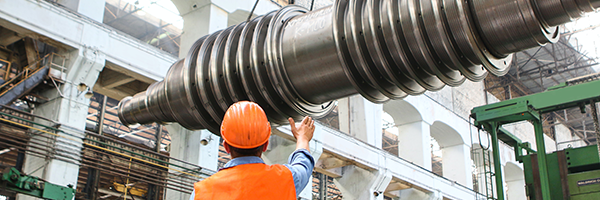
January 10, 2025 | AAPL, ACAD, ADSK, AGN, ALB, ALV, AMZN, ARCO, ARGT, AUY, BABA, BG, BGC, BHP, BMY, CHK, CMI, CNI, COH, CSCO, CTRP, CX, Daily JAM, DD, DE, DHR, DWDP, DXJR, EBAY, EEM, EFNL, ENB, EUM, EWZS, FANG, FANUY, FB, FCX, FEZ, FLR, FLS, FTV, GDXJ, GE, GGAL, GLD, GLW, GOOG, HAIN, HDB, HP, INCY, ING, IONS, ITUB, IVV, JCI, JO, JOY, KBWB, KMI, LFL, LNG, LUX, MGM, MIDD, MON, Morning Briefing, MPC, MXF, NJDCY, NKTR, OGXI, OKS, PEP, PFXF, POT, PXD, PYPL, QCOM, RSPP, RYN, SDRL, SFTBY, SH, SLB, SPWR, SQM, STO, SYNA, TCEHY, TPR, TRGP, TS, V, VALE, VEA, Videos, VMC, VZ, WBK, WES, XOM, XYL, YPF, Z-SYMBOLS |
In December U.S. economy in December added the most jobs since March and the unemployment rate unexpectedly fell. Nonfarm payrolls increased 256,000, exceeding all but one forecast in a Bloomberg survey of economists. The unemployment rate fell to 4.1%, while average hourly earnings rose 0.3% from November, a Bureau of Labor Statistics report showed Friday. For 2024 as a whole, the economy added 2.2 million jobs—-below the 3 million increase in 2023 but above the 2 million created in 2019. The data almost certainly assured that the Federal Reserve would not cut interest rates at its January 29 meeting. As of 11 a.m. New York time, the yield on the 10-year Treasury had climbed another 5 basis points to 4.74%.

January 9, 2025 | AAPL, ACAD, ADSK, AGN, ALB, ALV, AMZN, ARCO, ARGT, AUY, BABA, BG, BGC, BHP, BMY, CHK, CMI, CNI, COH, CSCO, CTRP, CX, DD, DE, DHR, DWDP, DXJR, EBAY, EEM, EFNL, ENB, EUM, EWZS, FANG, FANUY, FB, FCX, FEZ, FLR, FLS, FTV, GDXJ, GE, GGAL, GLD, GLW, GOOG, HAIN, HDB, HP, INCY, ING, IONS, ITUB, IVV, JCI, JO, JOY, KBWB, KMI, LFL, LNG, LUX, MGM, Mid Term, MIDD, MON, Morning Briefing, MPC, MXF, NJDCY, NKTR, Notes You Need, OGXI, OKS, PEP, Perfect Five-ETFs, PFXF, POT, PXD, PYPL, QCOM, RSPP, RYN, SDRL, SFTBY, SH, SLB, SPWR, SQM, STO, SYNA, TCEHY, TPR, TRGP, TS, V, VALE, VEA, Videos, VMC, VZ, WBK, WES, XOM, XYL, YPF, Z-SYMBOLS |
China’s consumer price index rose 0.1% in December from a year earlier, in line with the median forecast of economists surveyed by Bloomberg. Factory deflation extended into a 27th month, though the producer price index recorded a slower drop of 2.3%, the National Bureau of Statistics said Thursday. For the full year, consumer prices only inched up 0.2% from 2023, well short of the 1.1% gain economists had predicted at the beginning of 2024.

January 8, 2025 | AAPL, ACAD, ADSK, AGN, ALB, ALV, AMZN, ARCO, ARGT, AUY, BABA, BG, BGC, BHP, BMY, CHK, CMI, CNI, COH, CSCO, CTRP, CX, DD, DE, DHR, DWDP, DXJR, EBAY, EEM, EFNL, ENB, EUM, EWZS, FANG, FANUY, FB, FCX, FEZ, FLR, FLS, FTV, GDXJ, GE, GGAL, GLD, GLW, GOOG, HAIN, HDB, HP, INCY, ING, IONS, ITUB, IVV, JCI, JO, JOY, KBWB, KMI, LFL, LNG, LUX, MGM, MIDD, MON, Morning Briefing, MPC, MXF, NJDCY, NKTR, Notes You Need, OGXI, OKS, PEP, PFXF, POT, PXD, PYPL, QCOM, RSPP, RYN, SDRL, SFTBY, SH, Short Term, SLB, SPWR, SQM, STO, SYNA, TCEHY, TPR, TRGP, TS, V, VALE, VEA, Videos, VMC, VZ, WBK, WES, XOM, XYL, YPF, Z-SYMBOLS |
In minutes from the Federal Reserve’s December 17-18 meeting released on Wednesday, January 8, Federal Reserve officials clearly decided to move more slowly on cutting interest rates in the quarters ahead. “Participants indicated that the committee was at or near the point at which it would be appropriate to slow the pace of policy easing,” minutes from the Federal Open Market Committee showed. “Many participants suggested that a variety of factors underlined the need for a careful approach to monetary policy decisions over coming quarters.” Please note the reference to “quarters” and not “months.”
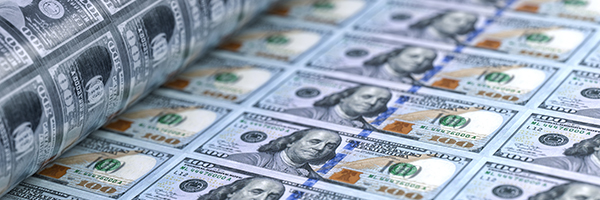
January 8, 2025 | AAPL, ACAD, ADSK, AGN, ALB, ALV, AMZN, ARCO, ARGT, AUY, BABA, BG, BGC, BHP, BMY, CHK, CMI, CNI, COH, CSCO, CTRP, CX, DD, DE, DHR, DWDP, DXJR, EBAY, EEM, EFNL, ENB, EUM, EWZS, FANG, FANUY, FB, FCX, FEZ, FLR, FLS, FTV, GDXJ, GE, GGAL, GLD, GLW, GOOG, HAIN, HDB, HP, INCY, ING, IONS, ITUB, IVV, JCI, JO, JOY, KBWB, KMI, LFL, LNG, LUX, MGM, MIDD, MON, Morning Briefing, MPC, MXF, NJDCY, NKTR, Notes You Need, OGXI, OKS, PEP, Perfect Five-ETFs, PFXF, POT, PXD, PYPL, QCOM, RSPP, RYN, SDRL, SFTBY, SH, Short Term, SLB, SPWR, SQM, STO, SYNA, TCEHY, TPR, TRGP, TS, V, VALE, VEA, Videos, VMC, VZ, WBK, WES, XOM, XYL, YPF, Z-SYMBOLS |
The 20-year Treasury bond, a laggard on the government debt curve since its re-introduction in 2020, topped 5% Wednesday for the first time since 2023. The move looks to be fueled by concern that President-elect Donald Trump’s policies on tariffs and tax cuts will lead to wider deficits and rekindle inflation.

January 7, 2025 | AAPL, ACAD, ADSK, AGN, ALB, ALV, AMZN, ARCO, ARGT, AUY, BABA, BG, BGC, BHP, BMY, CHK, CMI, CNI, COH, CSCO, CTRP, CX, Daily JAM, DD, DE, DHR, DWDP, DXJR, EBAY, EEM, EFNL, ENB, EUM, EWZS, FANG, FANUY, FB, FCX, FEZ, FLR, FLS, FTV, GDXJ, GE, GGAL, GLD, GLW, GOOG, HAIN, HDB, HP, INCY, ING, IONS, ITUB, IVV, JCI, JO, JOY, KBWB, KMI, LFL, LNG, LUX, MGM, Mid Term, MIDD, MON, Morning Briefing, MPC, MXF, NJDCY, NKTR, OGXI, OKS, PEP, PFXF, POT, PXD, PYPL, QCOM, RSPP, RYN, SDRL, SFTBY, SH, SLB, SPWR, SQM, STO, SYNA, TCEHY, TPR, TRGP, TS, V, VALE, VEA, Videos, VMC, VZ, WBK, WES, XOM, XYL, YPF, Z-SYMBOLS |
The Institute for Supply Management’s index of services advanced 2 points to 54.1 last month. That show of strength in the economy–readings above 50 indicate expansion–was enough to push stocks lower as the markets began to price in a delay in the next interest rate cut from the Federal Reserve until July The measure of prices paid for materials and services rose more than 6 points to 64.4, suggesting that the drop in the inflation rate in the service sector–about 70% of the U.S. economy–might be over.

December 23, 2022 | Daily JAM, Jubak Picks, MGM |
On Friday I posted my two-hundred-and-twentieth YouTube video: Quick Pick Sell MGM. This week’s Quick Pick is a little different. Normally my Quick Picks are long (buys) but this one is short (sell). This is a reaction to the terrible Covid outbreak in China right now. China went from a strict, 0-covid policy to hardly any policy at all. While their vaccine rate sounds good at 90%, a lot of that is Chinese-produced, non-RNA vaccines, which have proven to be fairly ineffective against the new Covid variants. As a result, viral projection models expect 1.1 to 1.3 million deaths over the next wave (or waves) of Covid in China. So how does that affect MGM International? Their resort in Macau, China, while recently receiving their gambling license renewal, will get hit hard by the largely self-directed reduction in travel. And the “official” policy, which is to encourage travel and work-as-usual, seems to be having the opposite effect by creating fear among Chinese citizens. Macao, following the lead of the new policies from the central government, has just about dropped its requirements for testing and quarantine. The new rules essentially say, “We just want you to come.” Instead, many people are locking themselves down in an effort to stay healthy as China’s covid problem runs rampant and the Chinese government refuses to share accurate data. I don’t want to watch this Covid disaster further hammer my position in the stock. I’ll be selling it at a loss in my Jubak Picks Portfolio (hey, harvest those tax losses for 2022), but I will look to get back in April or May if I start to see optimistic traders betting on an end to this wave of the Covid Pandemic in China.
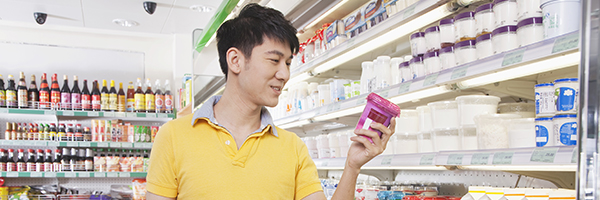
December 21, 2022 | Daily JAM, MGM, Morning Briefing, VWAPY |
After swiftly abandoning its 0-Covid lockdown policy–without replacing it with anything resembling a national Covid protocol–China is facing a Covid disaster that could see more than 1 million deaths from the coronavirus in 2023. That would put China’s death toll from the Pandemic on par with that of the United States, which has seen 1.1 million people die from Covid19 since the pandemic began. The magnitude of the disaster is actually understated by that comparison since China’s comparable death toll would be condensed into a much shorter period than that in the United States. We don’t know with any degree of precision what a pandemic outbreak like this would do to the economies of China and the world. But we can make some reasonable guesses.
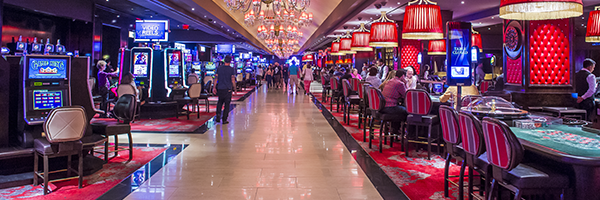
March 13, 2022 | Daily JAM, MGM, Volatility |
The Major League Baseball lockout is over–and the baseball season will start next month roughly on schedule. And the NCAA Basketball Tournament–March Madness–begins next week.
Both pieces of news are GOOD news for sports betting stocks.

December 1, 2021 | AMAT, Daily JAM, DIS, Jubak Picks, MGM, Millennial, OTLY, Top 50 Stocks, Volatility |
After a huge rally like we’re had this year, it’s easy to fall into one of the most common buy on the dip traps. Just because a stock is cheaper than it was, it’s not necessarily a bargain. There’s nothing that says a stock has to return to its previous price after a dip. And especially that it has to return to that former price on your schedule. Let me use Disney (DIS), one of the stocks I’m tracking in my Dip-O-Meter, as an example.
August 17, 2021 | Daily JAM, Jubak Picks, MGM, VIX, Volatility, WH |
I try to use big up and (especially) down days in the stock market to stress test my portfolio. One of the things I look to learn from a high volatility down days is how the hedges that I’ve put on to protect my portfolio work under big stress. So, for example, on a big day down day like July 16, when the Dow Jones Industrial Average fell 725 points, I looked to see if 1) the hedges I owned worked to reduce or better yet eliminate my downside losses, and 2) how much those hedges were costing me in opportunities for upside gains postponed.














